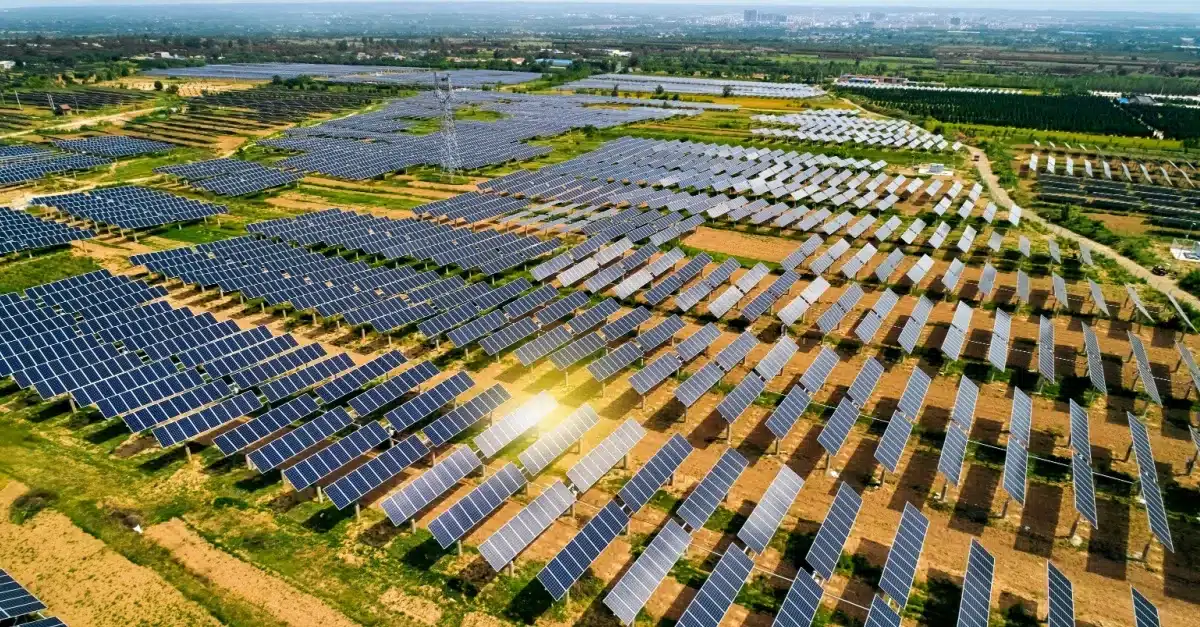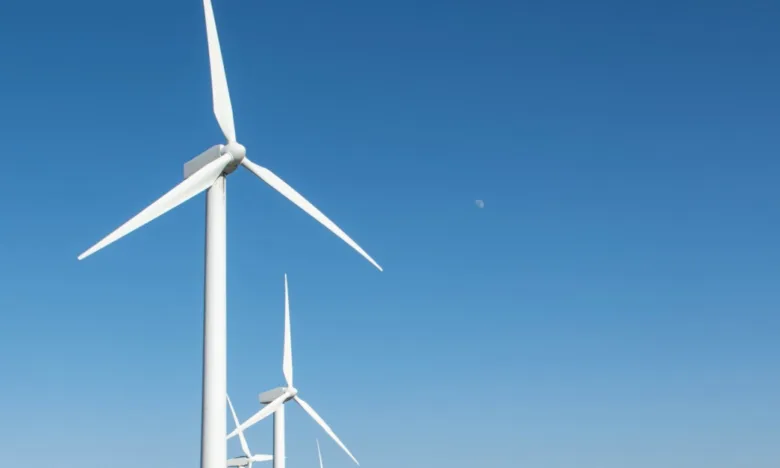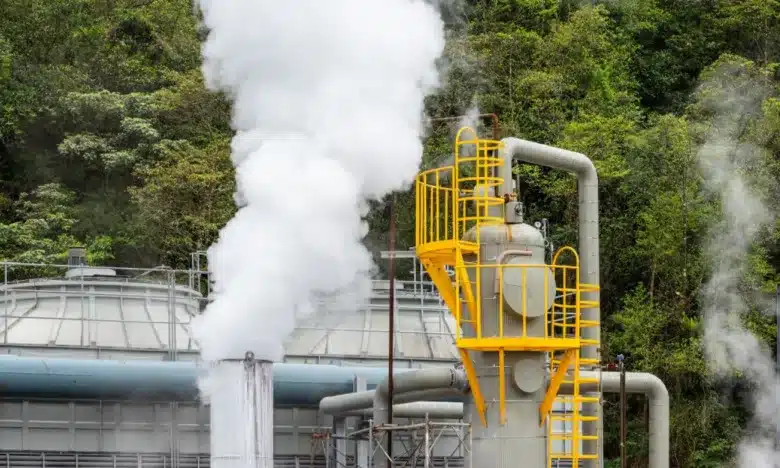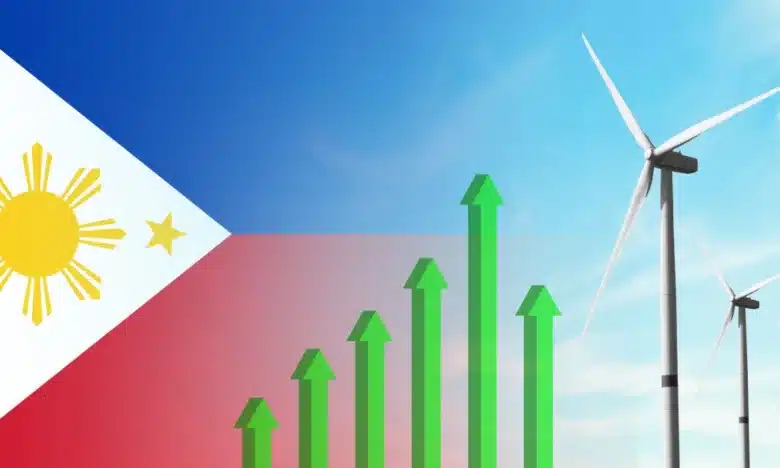
Yes, Solar Energy Is Booming — But How Green Is It, Really?
- November 6, 2025
Africa has become a key growth market for solar power, with a sharp rise in panel imports from China. Ember reports that between July 2024 and June 2025, shipments to the continent grew by 60% to reach around 15 gigawatts (GW) of capacity, underscoring the region’s fast-expanding solar footprint.
But much of Africa’s solar surge is fueled by the growing demand for small-scale systems that power homes and rural communities rather than large solar farms. South Africa led the continent in panel imports during this period, with Nigeria and Algeria also seeing strong growth in household-level solar adoption.
While experts see Africa’s rising solar adoption as a positive shift toward energy independence and wider access to power, the surge in panel imports also exposes deeper weaknesses in the region’s energy sector. Most imported panels are small, powering only homes or small businesses, while large-scale solar plants add just a fraction of that capacity each year.
Moreover, many of the smaller solar panels flooding African markets are cheaply made and short-lived, driving constant replacement and higher import volumes. Their production and disposal also carry hidden environmental costs, from mining rare metals that pollute air and water to end-of-life panels piling up in landfills. With limited recycling infrastructure, Africa risks trading fossil fuel pollution for another form of environmental strain.
(Also read: Powering the Future: A Diverse Energy Mix for a Strong Green Transition)
Solar energy: rapid rise, real trade-offs
According to the International Energy Agency (IEA), solar photovoltaic (PV) power was a major driver of global emission reductions in 2023. It accounted for over 75% of all new renewable capacity installed that year and produced nearly 60% of the additional clean electricity generated worldwide.
However, the global solar industry faced mounting challenges from a severe oversupply of PV modules. China’s massive manufacturing expansion flooded the market, while key regions such as the United States, India, Korea, and Australia saw slower growth. Uneven policy support and limited capacity to build competitive local industries further constrained the market.
The surge in Chinese output drove module prices to record lows, straining local manufacturers and leaving many new production projects uncertain amid excess inventory and fierce global competition.
While solar energy offers compelling benefits, it is not impact-free. The following elaborates on the main concerns:
- Land-use competition
According to the 2023 paper, Assessment of the Solar Energy–Agriculture–Water Nexus in the Expanding Solar Energy Industry of India: An Initiative for Sustainable Resource Management, India’s rapid solar expansion has intensified competition for land and water. The study found that over 40% of solar farms occupy agricultural land, with many situated in regions already facing groundwater stress.
Researchers estimated that achieving India’s 280 GW solar target would require over one million hectares—roughly twice the combined area of the nation’s ten largest cities. As one of the world’s leading food producers, yet home to nearly 195 million undernourished people, India faces mounting risks to food security.
“The main motive behind solar energy is to bring sustainable, affordable, and clean energy,” the study stated. “Unexpectedly, it is having a severe consequence on eradication of zero hunger and providing clean water and sanitation.”
- Ecological impacts
In the paper Mainstreaming Biodiversity into Renewable Power Infrastructure published by the Organization for Economic Cooperation and Development (OECD), researchers explain that biodiversity may be affected throughout a solar project’s life cycle, from construction to decommissioning. Solar farms are often linked to habitat loss, fragmentation, and behavioral disturbances among wildlife.
The report highlights direct wildlife mortality as a major concern, with birds and bats colliding with solar panels and drowning incidents reported in evaporation ponds at concentrated solar power (CSP) facilities, including those in South Africa. Land clearing for solar farms also degrades soil quality, reducing organic matter and moisture essential for vegetation and wildlife. In southern France, research found that soil beneath solar panels had poorer biological and chemical quality than nearby natural habitats.
- Social issues
Transition Research pointed out that the rapid growth of large solar parks in India has often required extensive land acquisition in rural areas, disrupting the livelihoods of small farmers and pastoral communities. In many cases, land was taken without clear consultation or fair compensation. Villagers near the Charanaka Solar Park in Gujarat, for instance, had little say in the process and many sold their land below market value.
While some landowners benefited from lease payments, most rural workers lost jobs after construction ended. In some parks, automated cleaning systems replaced local workers. Promised benefits like free electricity, new infrastructure, and steady jobs often failed to materialize, as they were not legally guaranteed.
- Resource chain concerns
Producing solar panels requires materials like silicon, silver, aluminum, and lithium for batteries. Mining and processing these minerals can damage ecosystems through habitat loss, soil erosion, and water contamination, while also generating significant greenhouse gas emissions.
Manufacturing adds further risks. The process uses hazardous chemicals such as cadmium, hydrochloric acid, and sulfuric acid, which can pollute soil, air, and water if improperly managed.
Solar panels typically last 25 to 30 years, but their disposal presents serious environmental challenges. Many contain toxic components that are classified as hazardous waste in some countries, making safe disposal difficult. In the absence of proper recycling systems, retired panels risk contaminating soil and water with harmful substances.
- Intermittency & grid integration needs
Solar generation is inherently variable, affected by day/night cycle, weather, seasons, and location. High penetration of solar introduces technical and operational challenges.
A study of a large-scale PV integration modeled a 30 % PV share in Israel and found increased grid stress, lower capacity factor for conventional plants, and greater cycling costs for backup generation.
According to the IEA, inadequate investment in grid integration could threaten the rollout of RE projects worldwide. The agency estimates that by 2030, as much as 15% of planned solar and wind capacity may not be connected in time, cutting their potential contribution to global electricity generation by around 5%.
Therefore, relying solely on solar without parallel investment in storage, demand-response, grid upgrades, and other firm resources can expose systems to reliability risks.
(Also read: Why Rushing the Energy Transition Could Backfire)
Charting a Responsible Solar Future
To ensure solar energy delivers on its promise without creating new problems, experts urge a more balanced and coordinated transition. Governments and industry must strengthen grid infrastructure to handle rising solar output, clean up the supply chain through responsible mining and ethical manufacturing, and establish recycling systems for end-of-life panels. Circular-economy approaches that recover and reuse critical materials can reduce waste and environmental harm.
At the same time, policymakers are cautioned against dismantling fossil-fuel infrastructure too quickly. Without sufficient storage, transmission upgrades, and reliable backup systems, hasty closures could jeopardize grid stability and energy security.
Despite the solar boom in Africa, small-scale panels and diesel generators remain stopgap solutions that cannot sustain the continent’s industrial ambitions. As economies expand and local manufacturing grows, reliable and large-scale power becomes essential—something intermittent solar and fuel-based systems cannot provide. Factories and heavy industries need continuous energy, far beyond what household-level systems can deliver.
Many investors in the region, including foreign firms, are now forced to build their own power plants to avoid disruptions from unstable national grids. But this patchwork approach cannot drive the next phase of development; it risks deepening inequality between those with private power and those still waiting for stable electricity.
Experts stress that Africa’s energy future depends on stronger coordination between governments, national utilities, and private investors. Solar and generators should complement, not replace, broader energy infrastructure. Countries that have invested in transmission networks and diversified sources—like Algeria, Egypt, Senegal, Tanzania, and Ethiopia—show that progress comes from long-term planning, robust regulation, and a balanced mix of renewable and traditional power sources.
Sources:
https://www.philippinetimes.com/news/278628913/is-africa-becoming-a-solar-panel-graveyard
https://iea-pvps.org/snapshot-reports/snapshot-2024
https://pmc.ncbi.nlm.nih.gov/articles/PMC10755273
https://transitionsresearch.org/article/india-needs-an-energy-justice-focus-in-its-solar-transition
https://nenpower.com/blog/what-are-the-long-term-environmental-impacts-of-solar-panel-manufacturing
https://www.mdpi.com/1996-1073/18/1/130



